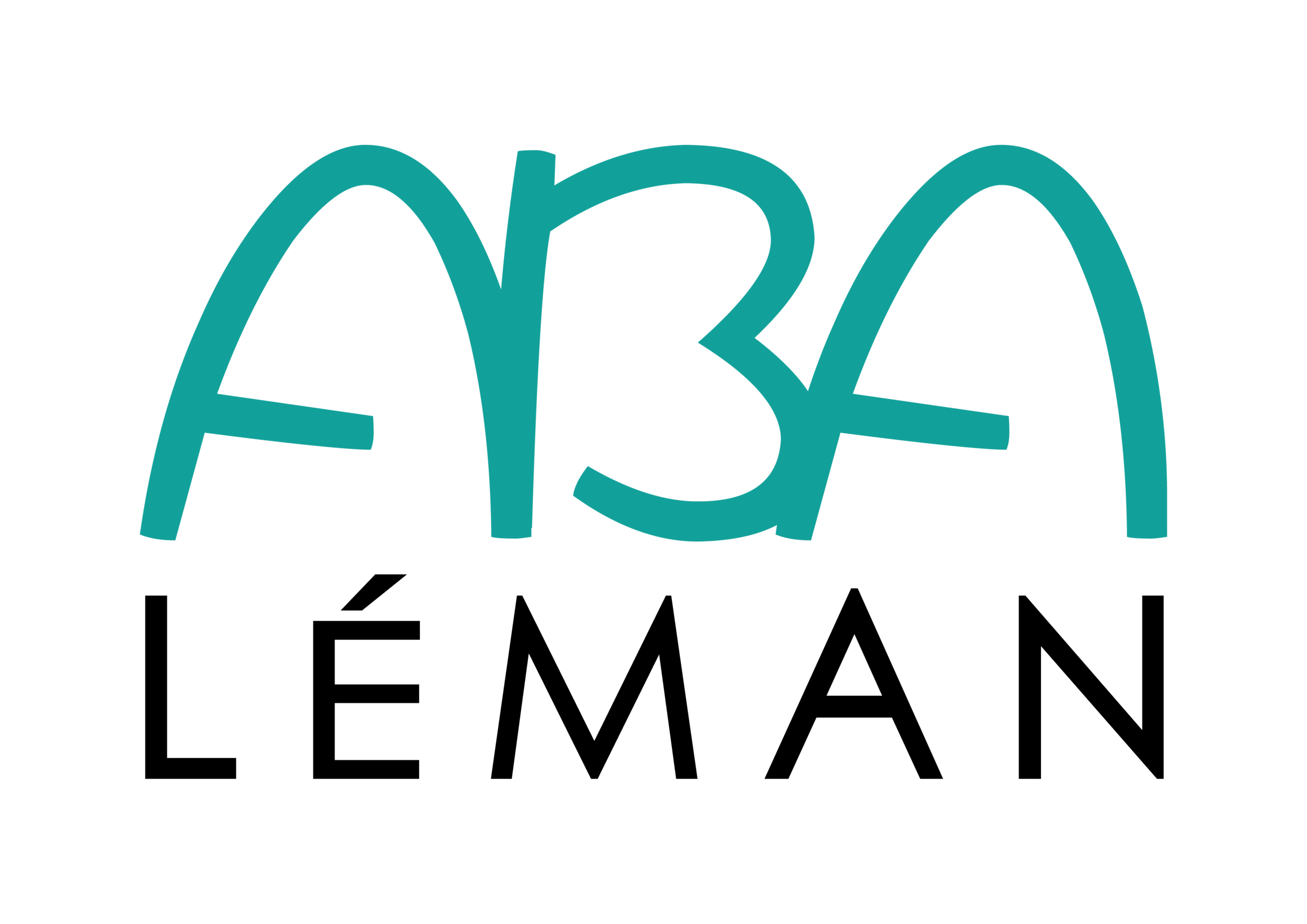ABA myths and facts
Through our experience we have found out that some parents and professionals have misunderstandings about what ABA is, how it is implemented and who can benefit from it. ABA is a very effective and evidence-based intervention for children with ASD, and other neurodevelopmental conditions. Here are some myths and facts about ABA.
Myth 1: ABA is only for children with autism
Even though ABA is a recognized intervention for teaching children under the spectrum, in fact is a branch of the science of human behavior. It can be used in children and adults, neurotypical or neurodivergent. We all have things that we like and that will motivate us to do better. It just takes a little more effort and creativity to find these motivators to help neurodiverse individuals to learn and connect with their environment.
Myth 2: ABA only offers “table learning”
Some parents worry that during ABA sessions their child will be only sitting at the table for 30 hours a week, learning in a robotic way. On the contrary, ABA therapy apply fun-game strategies which are better for child's development and will increase the generalization of skills. Despite the fact, some skills are taught in a table setting, especially for children who are getting ready to school, we recommend parents to try ABA, which is a play-based approach and is guided by the child’s motivation.
Myth 3: ABA rejects the sensory needs of the child
Many children with ASD have unique sensory needs or interests. These strong sensory needs can in occasions produce problem behaviors rather because the child wants to escape an unpleasant situation or have access to a favorite sensory stimulus. The ideal is to recognize how and when the child needs to engage in these sensory behaviors. For example, a child can quickly associate having a tantrum/escape activity/access to pleasant things.
In this situation, ABA therapists need to:
First, teach the child any form of functional communication (verbal request, PECS) to ask appropriately for his sensory stimulus.
Provide sensory objects proactively to keep their sensory needs covered and thus avoid challenging behaviors to occur.
Or use sensory objects as rewards for positive behaviors.
ABA therapists don't want to teach that tantrums lead to positive consequences.
Myth 4: ABA doesn’t allow play
ABA has a great understanding on how to teach children under the spectrum. The best way to teach children with ASD is similar to how we teach all children: through play! and activities in natural environment (NET)


